For an ecology of abstraction
In 2021, the Documents d’Artistes Network partnered with AICA France and the Art Newspaper France for the program “Points of View,” launched by the DDA network with the goal of writing and publishing critical texts using the Documents d’Artistes resource website. The second text by one of our four laureates, Marjolaine Lévy, is published here; it has also been published in The Art Newspaper France and on the AICA France website.
Close to forty years after the release of Ursula K. Le Guin’s celebrated work of science fiction the Word for World is Forest 1 (1972), an anti-colonialist novel and ecological manifesto telling the story of the Athshean people’s struggle to protect the planet Athshe and its rich ecosystem from an invasion by the Terrans, forest destroyers whose overexploitation has dramatic consequences, the conclusions of the IPCC report, published in the summer of 2021 in the middle of global pandemic, render this sci-fi fable more and more realistic. In light of this, the international art scene “feels concerned,” understandably, by ecological disorder and other issues related to life and the Anthropocene. In the past few years, numerous exhibitions have focused on environmental and ecological issues: “Exposure: Native art and Political Ecology,” “Critical Zones: Observatories for Earthly Politics,” “The Coming World: Ecology as The New Politics 2030-2100,” “General Ecology,” “Ecologies, a Song for our Planet,” “Eco-Visionaries,” “Actions for the Earth: Art, Care & Ecology,” “Courants verts,” “Nous les Arbres,” “At the End of the Day,” “Inventing Nature,” “Earthkeeping, Earthshaking,” “Time of the Earth,” etc. As diverse as they are, these exhibitions, whose carbon footprints are unknown, have as common denominator a questioning of our relationship to life via Bruno Latour’s thinking on “being in the world,” rethinking a form of anthropocentrism in order to remove the boundary between human and non-human by imagining a community of the living, or displaying the combat of artists turned researchers and activists. Building huts out of recycled materials, making cold using heat, recording communication between trees using sensors, or filming fictious trials of multinationals responsible for global warming are some of the many approaches expressing a message of commitment and testifying to an ecology of art.
In the fall of 2021, before entering La Criée in Rennes, a facilitator informed the audience for Elvia Teotski’s2 exhibition “Molusma”3 of a non-human presence with whom they’d be sharing the space. Hundreds of grasshoppers covered the floor. The audience moved about with the attention needed to avoid crushing the insects, which, oddly, in the white cube and far from their native space, were not jumping. Those which, frightened by faltering feet, had no desire to “make community” with humans took refuge in little brick structures made out of earth and algae that had washed up on the coast of Bretagne, the equilibrium of which is threatened by over thirty years of intensive pig farming. Another type of earthen brick was produced by the artist, to the point of intoxication 4, for the installation Des Canyons refermés, les Collines se forment (2020), using red mud taken from polluted slag heaps in the Marseille region. With techniques from science and tools of the artisan5, Teotski denounces the toxicity of the soil, bringing attention to the fragility and vulnerability, degradation and transformation of ecosystems.
Alongside this steadfast ecology of art, some artists attest, rather, to an ecological art. Though less visible than Teotski, Adrien Vescovi6 puts his hands to the ground just as often. From 2015 to 2017, the artist gathered wild flowers and plants in the alpine pastures of the Savoie region (he set up shop in Gets, Haute-Savoie, at 1600m) and is now collecting ochre and other clays near Marseille, the starting point of his painting. One won’t find the usual painter’s tools overrunning his studio, but those of an alchemist. Beside the books holding dye recipes that the artist keeps secret, decoction baths from collected plants are put to work on monumental textiles of recycled cotton and linen. Collected water is heated, then cooled, in a long steeping process that improves the color palette. Suffused with plants and minerals and dyed with chlorophyll and Sienna, the sheets will experience nature again. Like Edvard Munch exposing his paintings to the elements, Vescovi hangs his canvases outdoors to imprint them with atmospheric changes, sun, moon, and wind, before sewing them together. With landscapes within landscapes, the work adds optic and haptic dimensions to the natural elements, as well as a reflection on issues related to the world of textiles, among the biggest polluters in industry. The large canvases of Madras (2018), Soleil Blanc (2020) and Slow Abstraction (2020) celebrate form while giving it a transitive and decidedly contextual dimension: “I’m a very formal kind of a person—form is what creates discourse itself.” 7
Diving into color is the core of Nicolas Floc’h’s8 photography. With dozens of blue, green or orange monochromes arranged in a grid, a quick glance might consider them just another colorful abstraction. Yet, informed by their titles, these works stray from the monochrome canon. In Colonne d’Eau, Atlantique, Ouessant (2016), Colonne d'Eau, Pacifique, entre Okinawa et Taiwan (2017), Colonne d’Eau, Port Miou (2018), and Colonne d’Eau, - 40 mètres, Pacifique, Shimoda, Japon (2019), photographed by the artist at the beginning of the 2000s during deep water dives, one finds as many underwater landscapes as colors, leading one to think it time to stop associating the sea with the color blue. Veritable cross-sections, the photographs testify to biological changes in the marine environment, with an exceptional diversity of color coming from variations in the concentration of phytoplankton, dissolved organic substances, or mineral particles. A double reading can be made of these wide-angle shots, which are taken in natural light: they’re both abstractions of abysses and witnesses to the degradation of underwater biodiversity. In 1969, Bruce Nauman photographed the polluted skies of Los Angeles to make monochromes (LA Air). Forty years later, Floc’h explores underwater depths to obtain, in turn, blocks of color that reveal the chromatic effects of pollution.
If formalism (as the interest in form for its own sake) means that a work speaks of nothing but itself, then the work of Vescovi and Floc’h—calling up memories of Yves Klein as “recorder of atmospheric traces upon a canvas” and promoter of monochromes—offer another possible approach, one that might be called “political formalism.”
Notes :
1 Ursula K. Le Guin, The Name of the World is Forest [1972], translated from English by H.L. Planchat, Paris, Robert Laffont, Ailleurs et demain series, 1979
2 Elvia Teotski, born 1983 in Toulouse, lives and works in Marseille. The artist was trained in agronomy and the economy of rural development in tropical regions.
3 Molusma (Greek: filth, stain). The term was proposed in the 1960s by marine biologist Maurice Fontaine to designate the present geological era, marked by the production of waste. It was later abandoned in favor of the word “anthropocene.”
4 After several days of making these bricks out of polluted earth, the artist was poisoned.
5 Each of Teotski’s works demands an in-depth analysis and study of its environmental context. From Marseille to Mexico, Bretagne and Belgium, she makes long-term methodical observations of the area and systematically collaborates with activists and scientists. After the period of observation comes the period of manipulation: Teotski digs into the earth, forms bricks, manipulates copper sulfate (Archéologie Future, 2017) or molds agar-agar (À Chaque Jour sa Surprise, 2018).
6 Adrien Vescovi, born 1981 in Thonon-les-Bains, lives and works in Marseille.
7 Interview with Dorothée Dupuis, “Turn off the Lights,” Casa de Francia, Mexico, September 2016.
8 Nicolas Floc’h, born 1970 in Rennes, lives and works in Paris.

La Criée, Rennes, 2021, Photo Elvia Teotski.
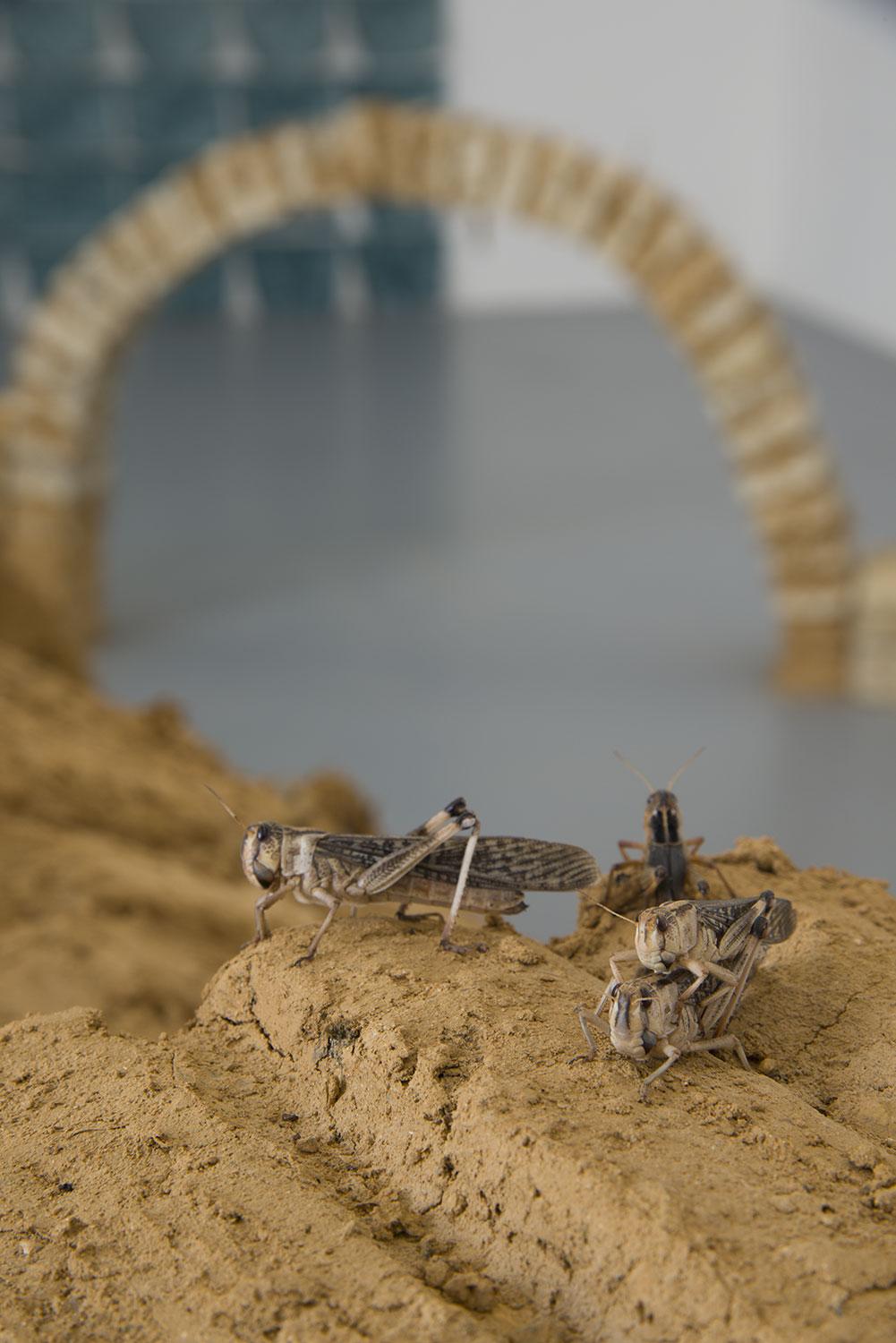
La Criée, Rennes, 2021, Photo Benoît Mauras.
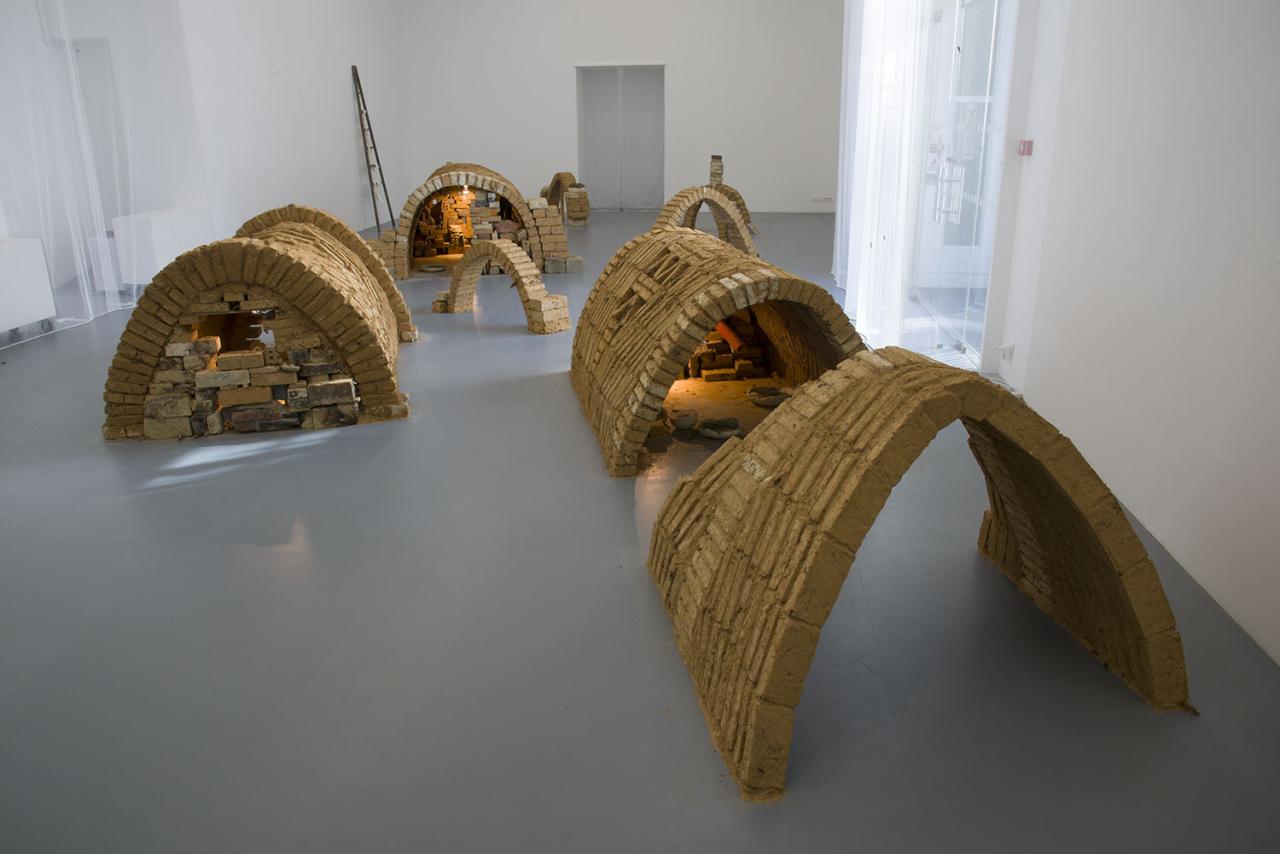
La Criée, Rennes, 2021, Photo Benoît Mauras.
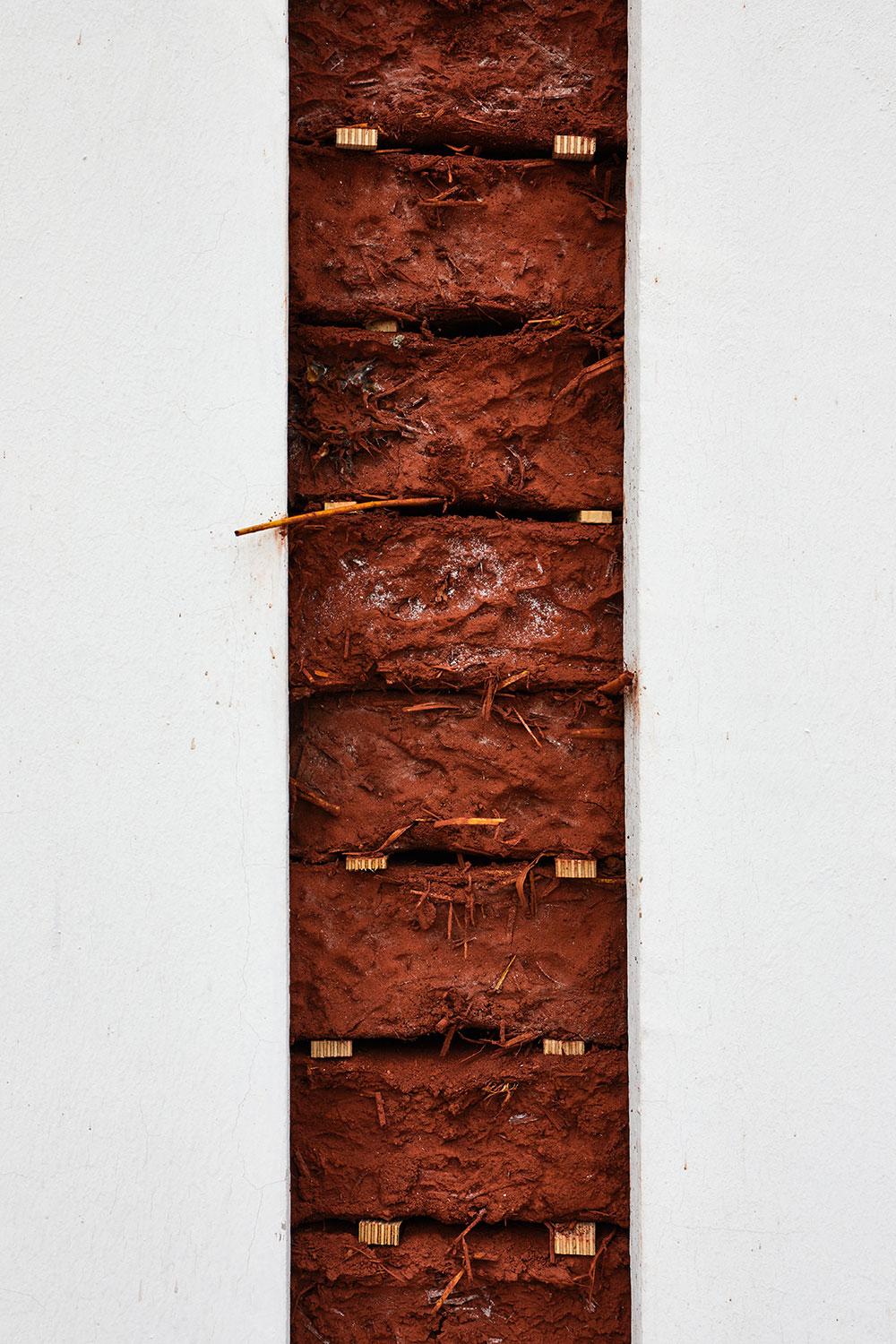
exhibition: “Spoiled Waters Spilled,” for Parallèles du Sud, Manifesta13, 2020
Photo: Jean-Christophe Lett
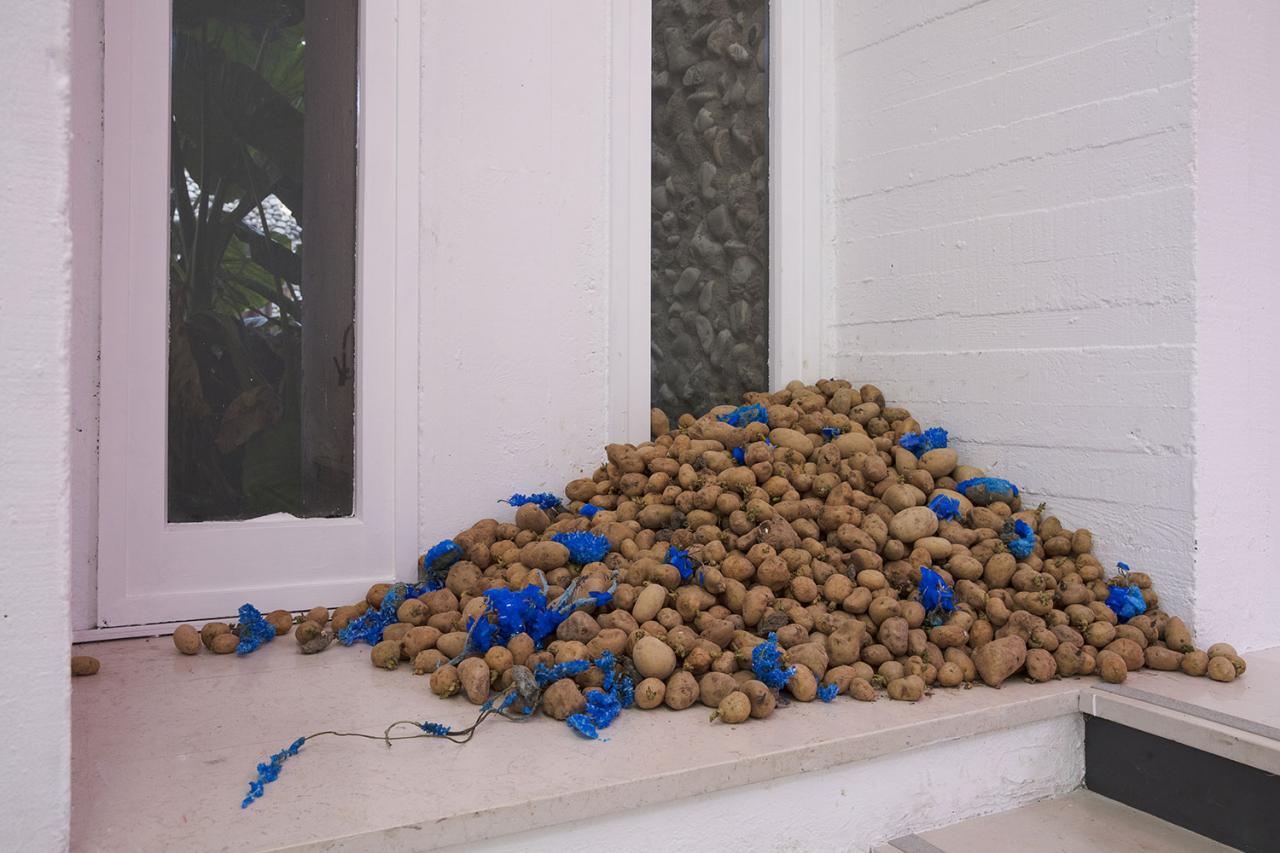
exhibition “Inventeurs d'Aventures,” Villa Arson, Nice, 2017
Photo Loïc Thebaud

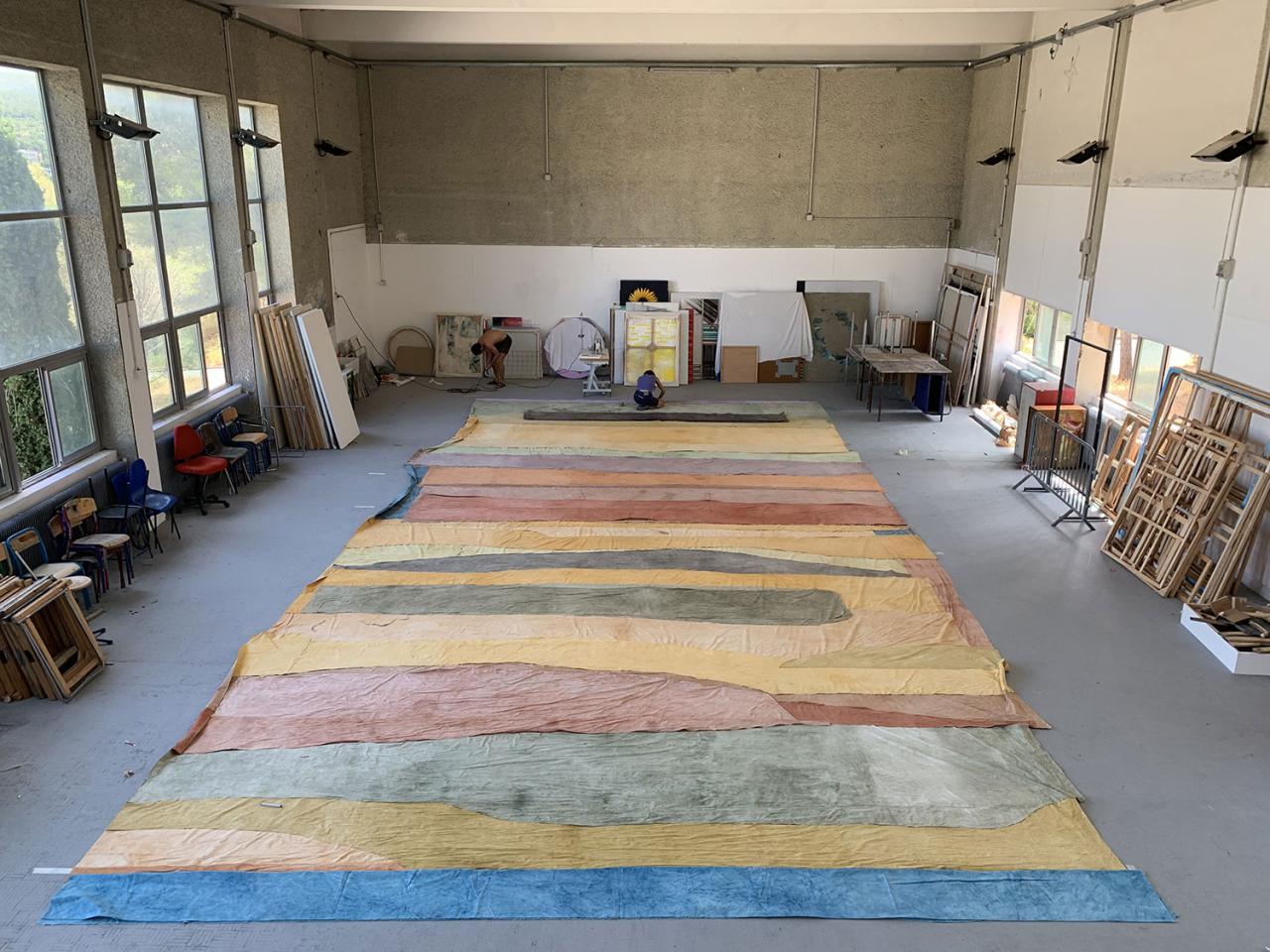
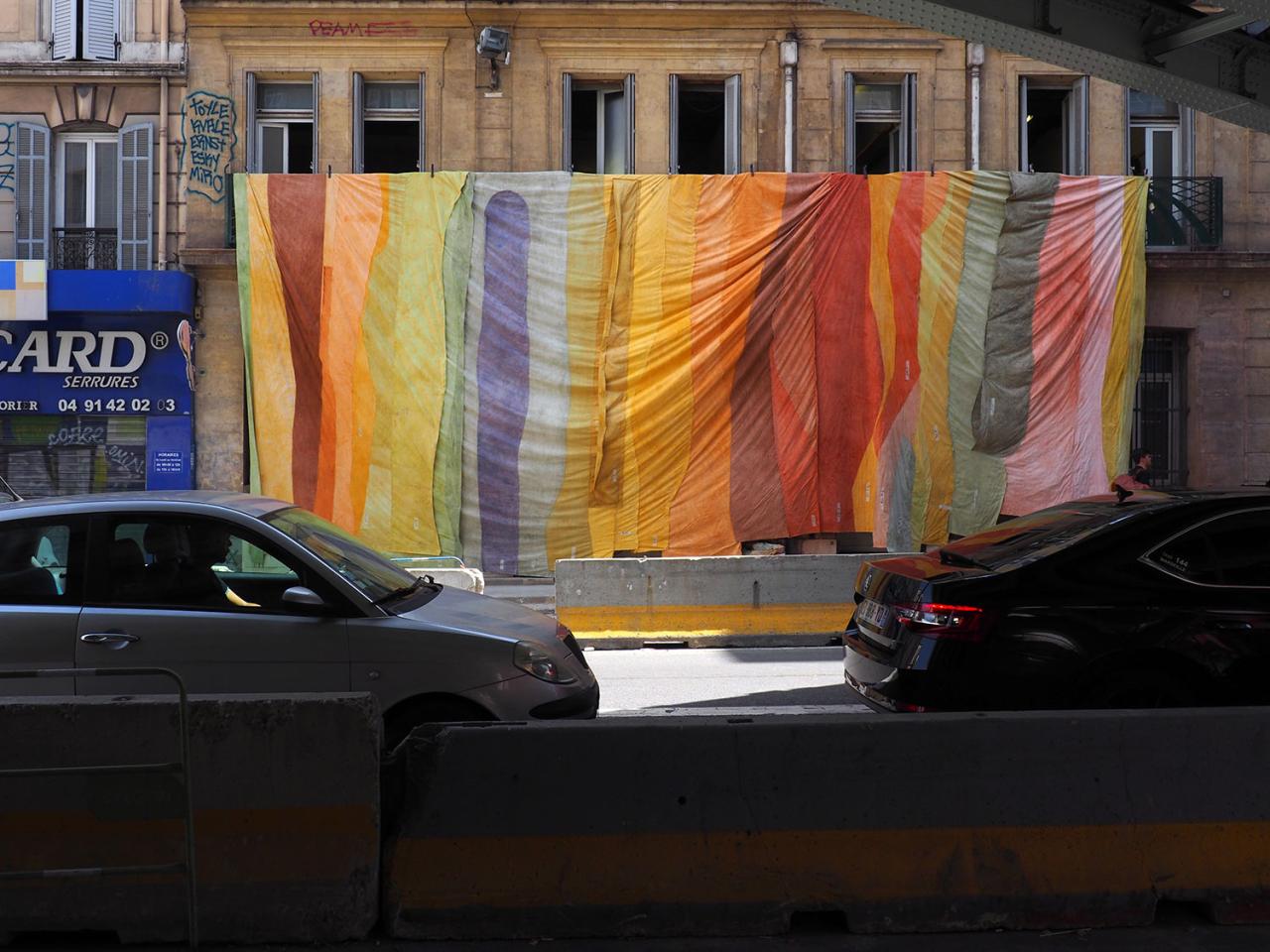
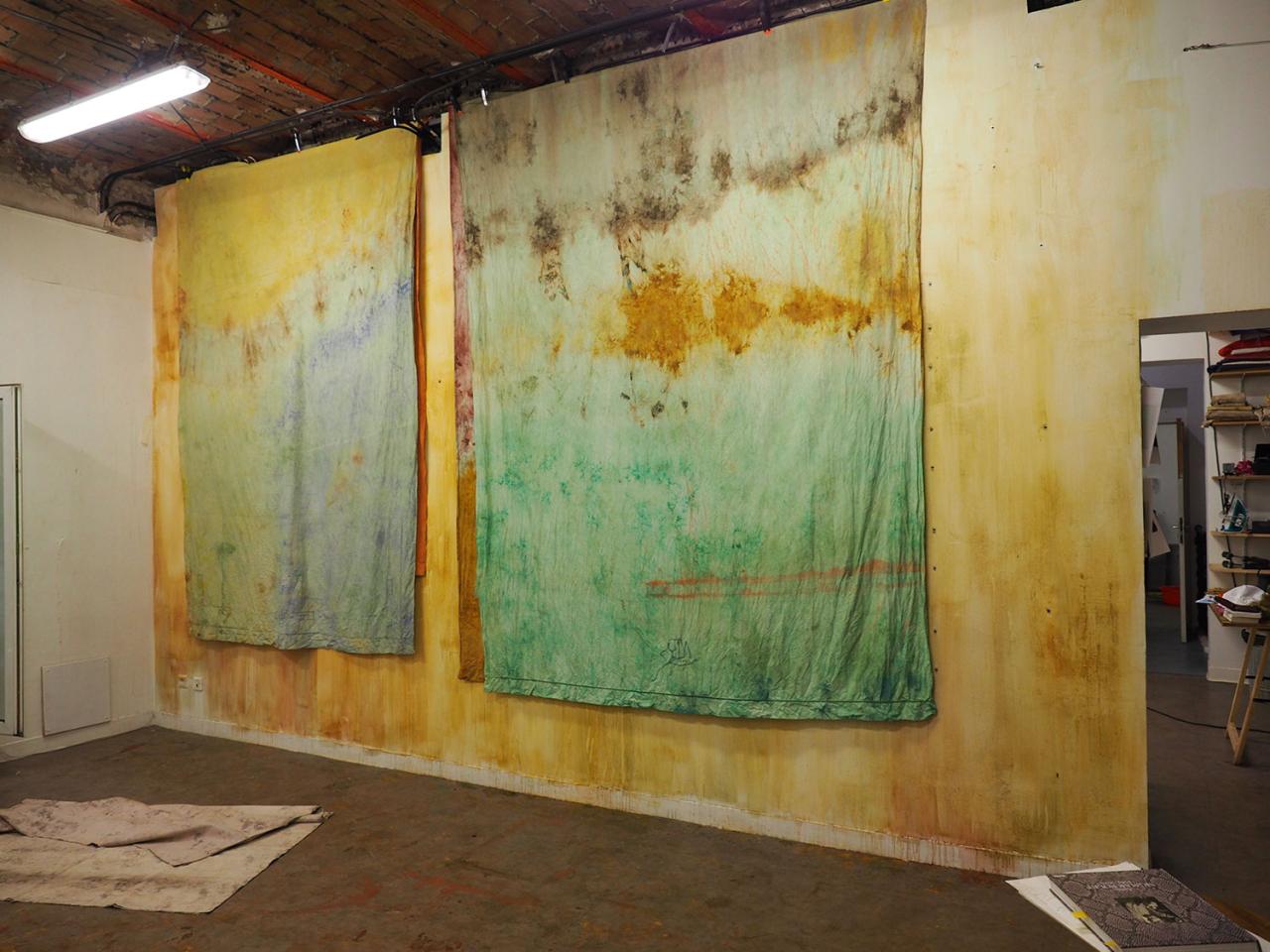
View of the artist’s studio, Marseille
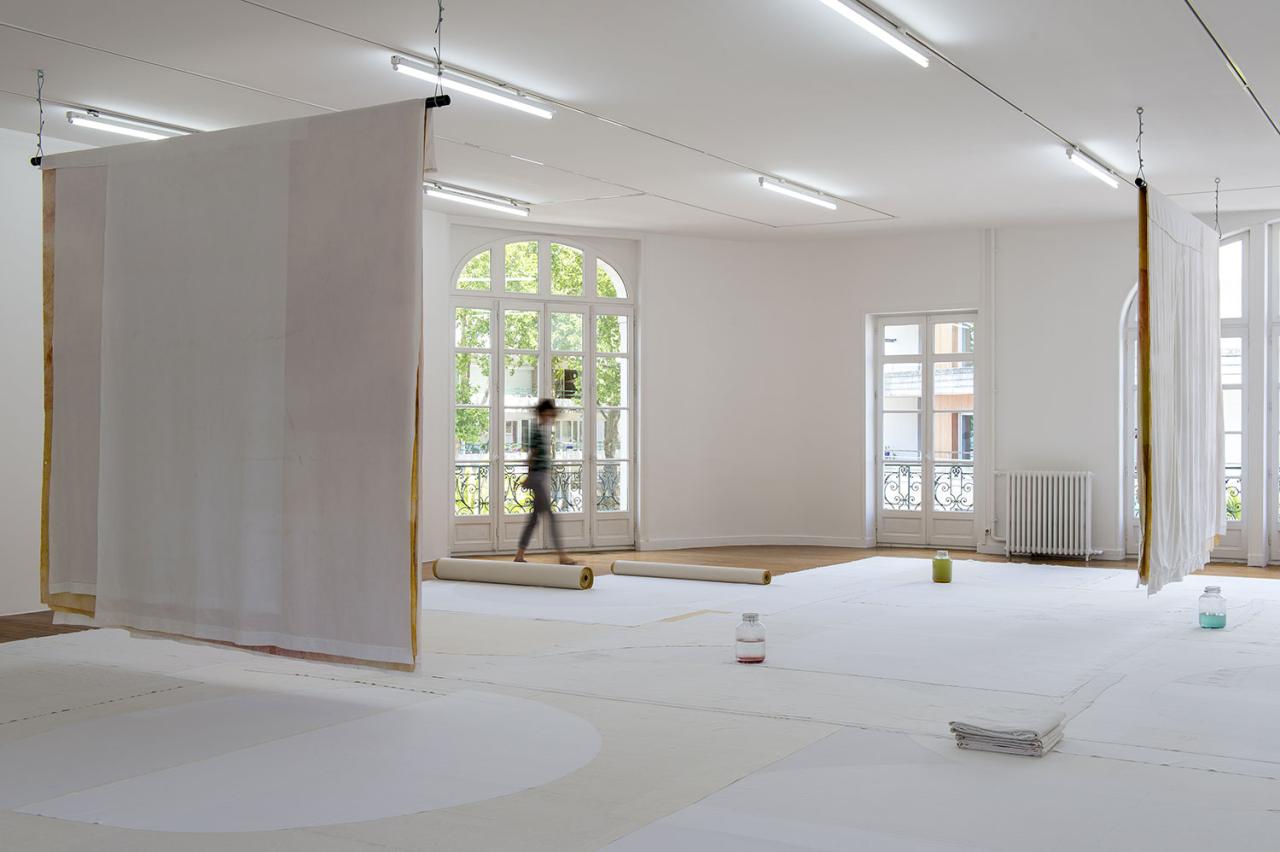
Photo Marc Domage

View of the solo exhibition: “Slow Down Abstractions,” 2020, Studio Fotokino, Marseille.
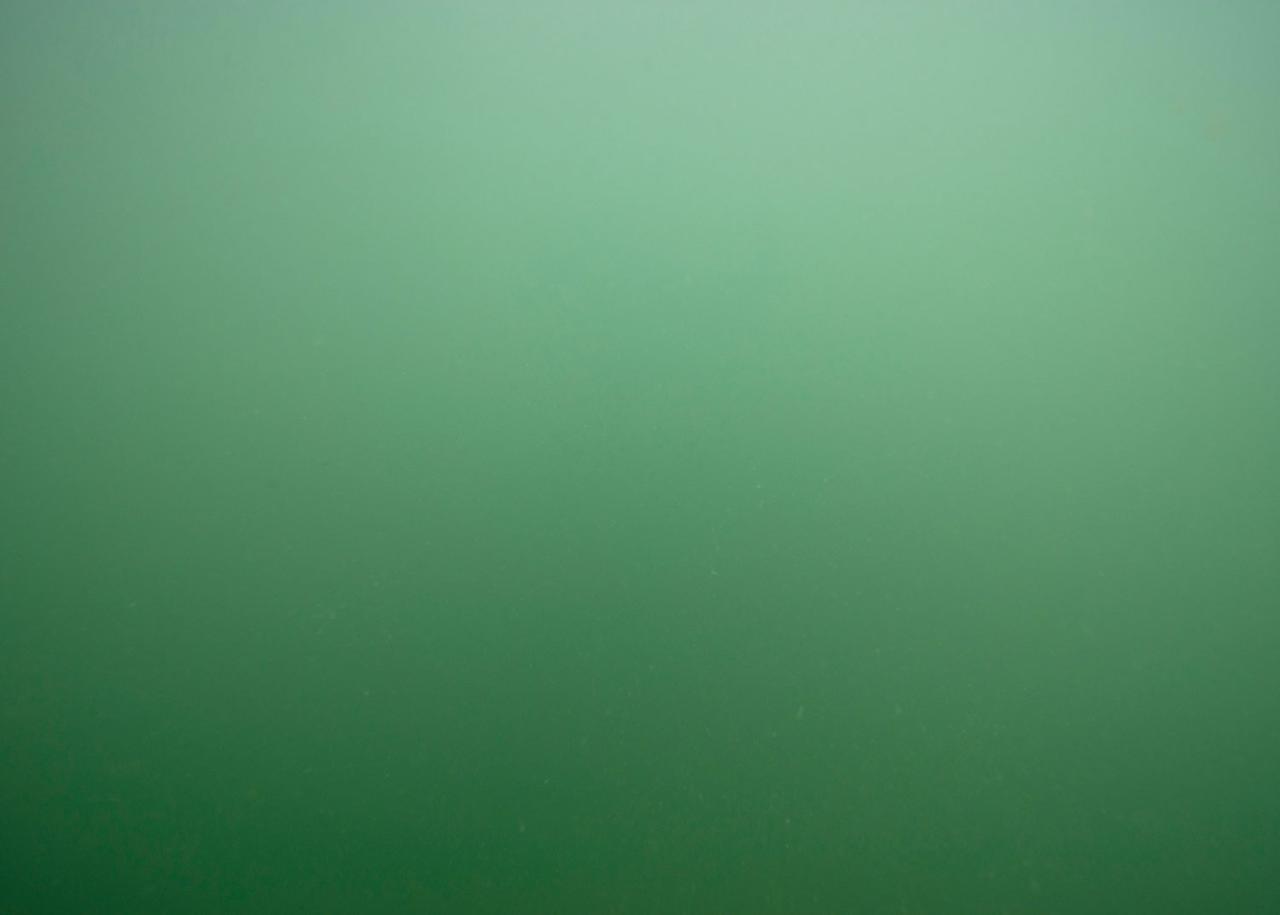
La Couleur de l’Eau, Fondation Daniel et Nina Carasso, artconnexion, Lille, Log-ULCO Université de Lille 1, OAO, MECOP.
Credits: Nicolas Floc’h, Adagp, Paris
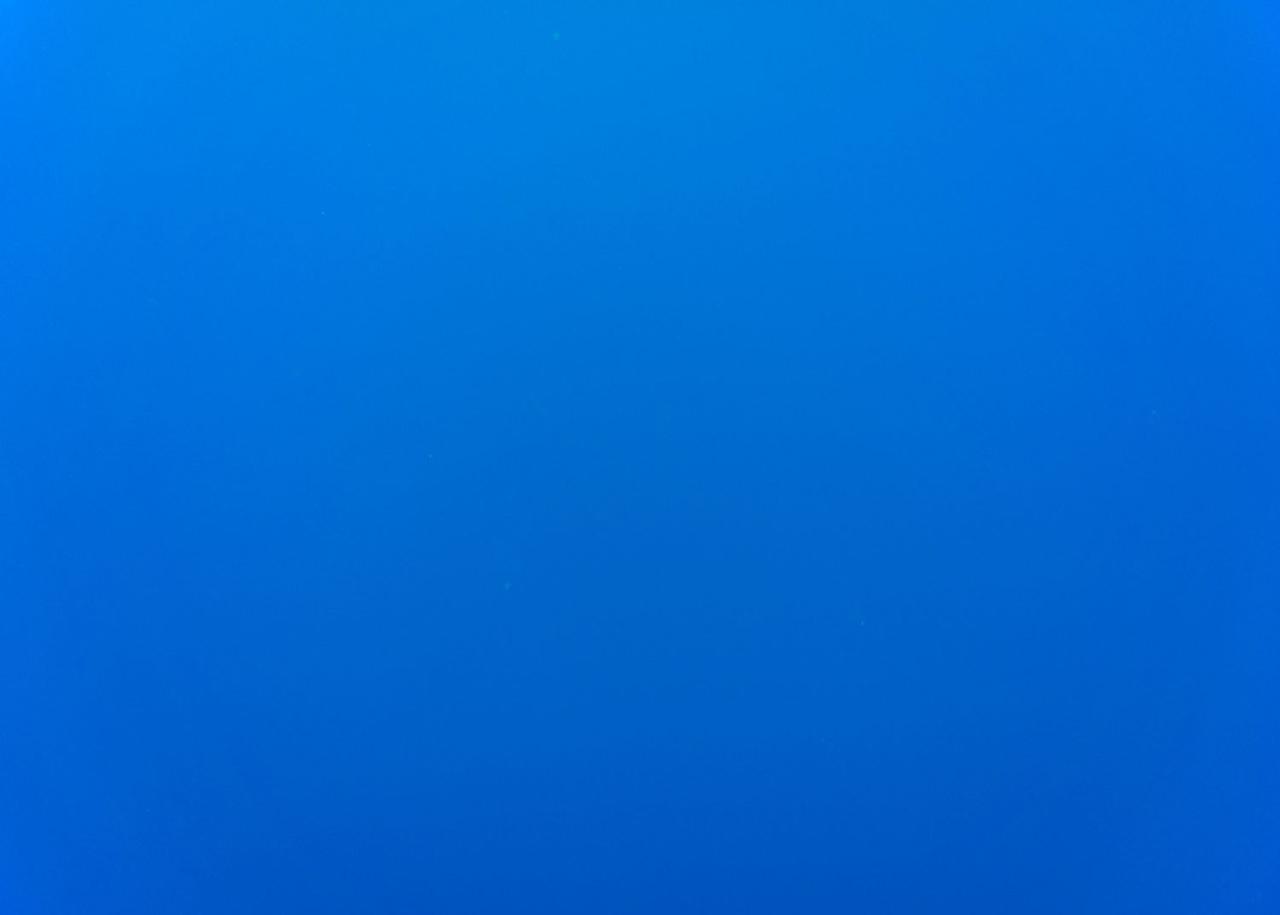
Credits: Nicolas Floc’h, Adagp, Paris
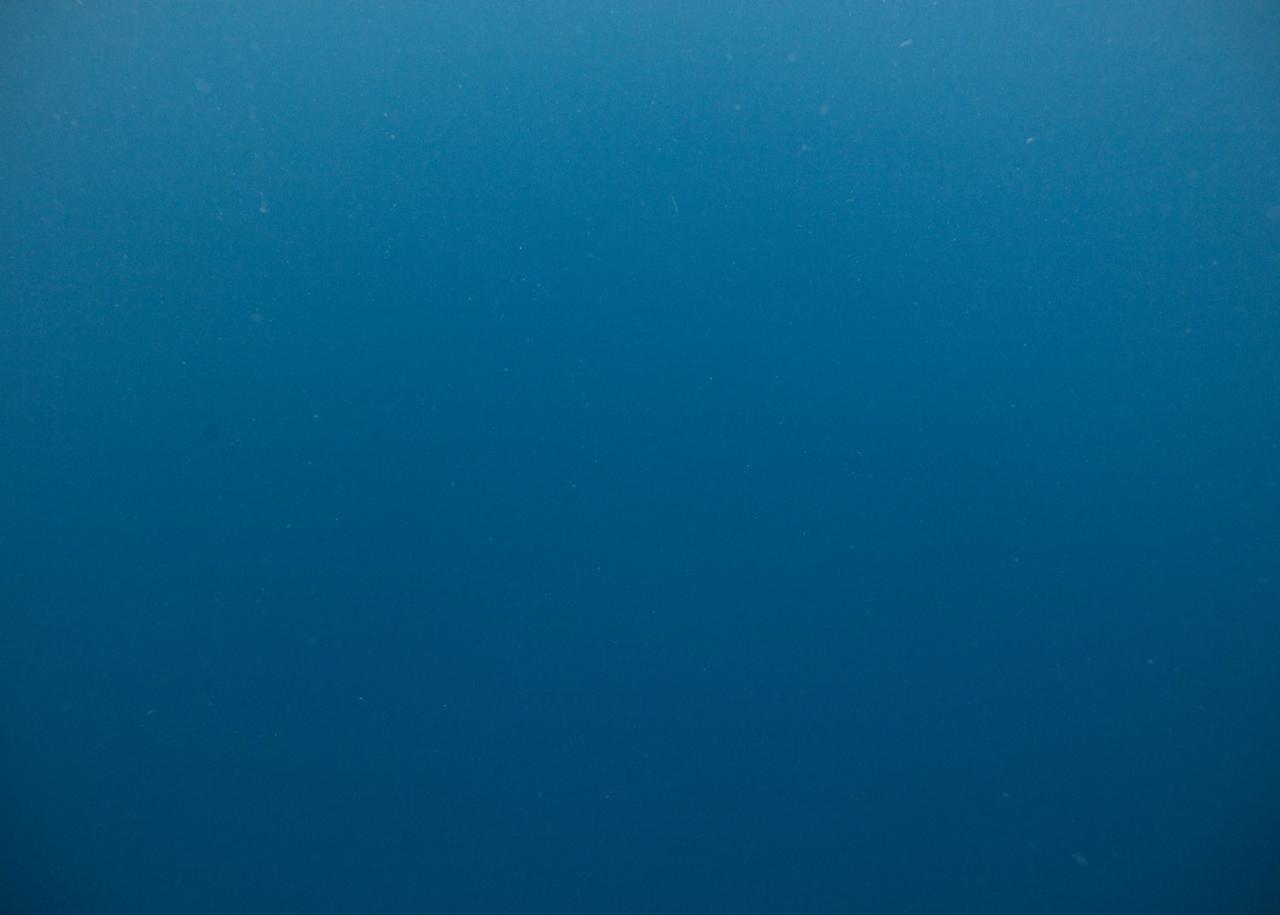
Credit: Nicolas Floc’h, Adagp, Paris
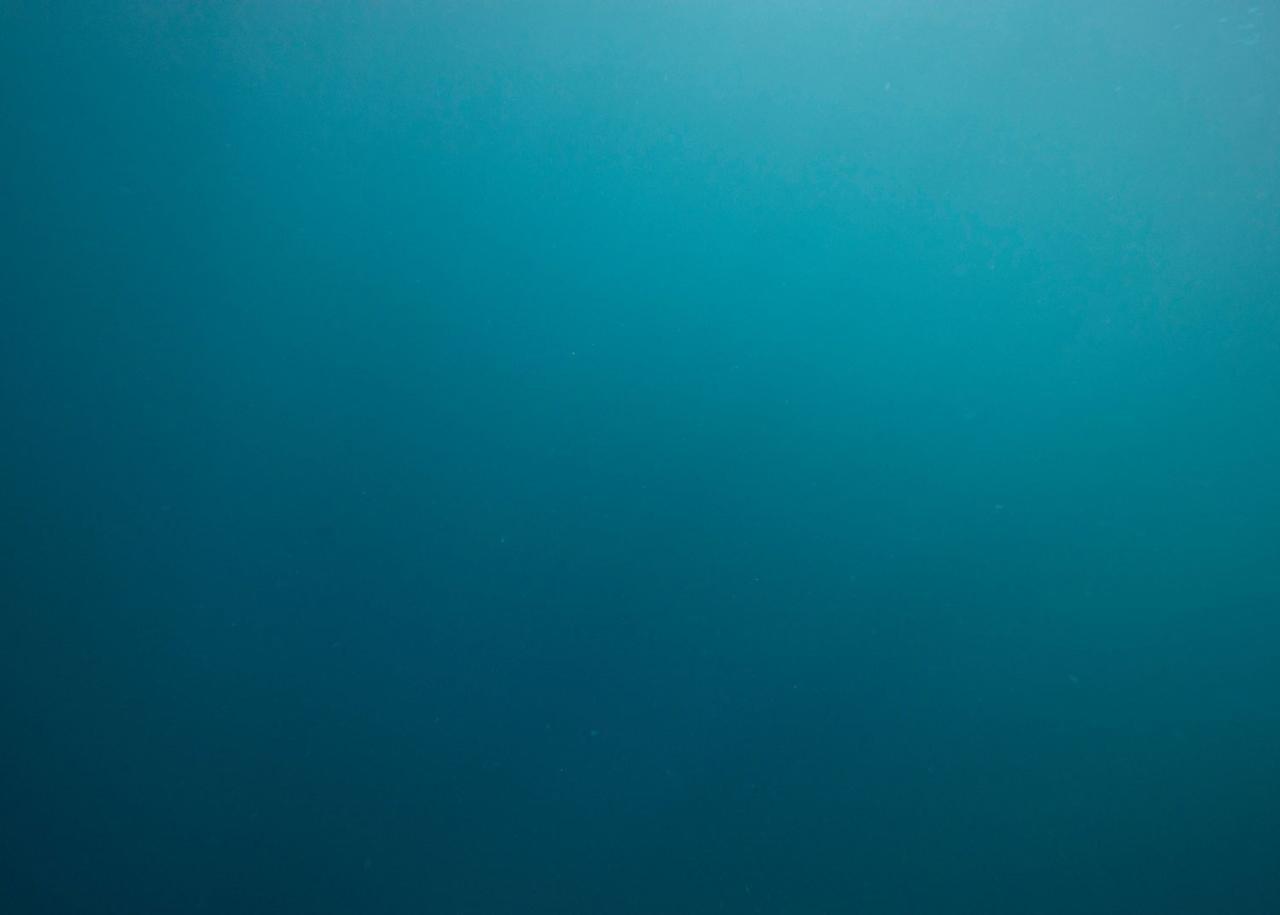
Credits: Nicolas Floc’h, Adagp, Paris
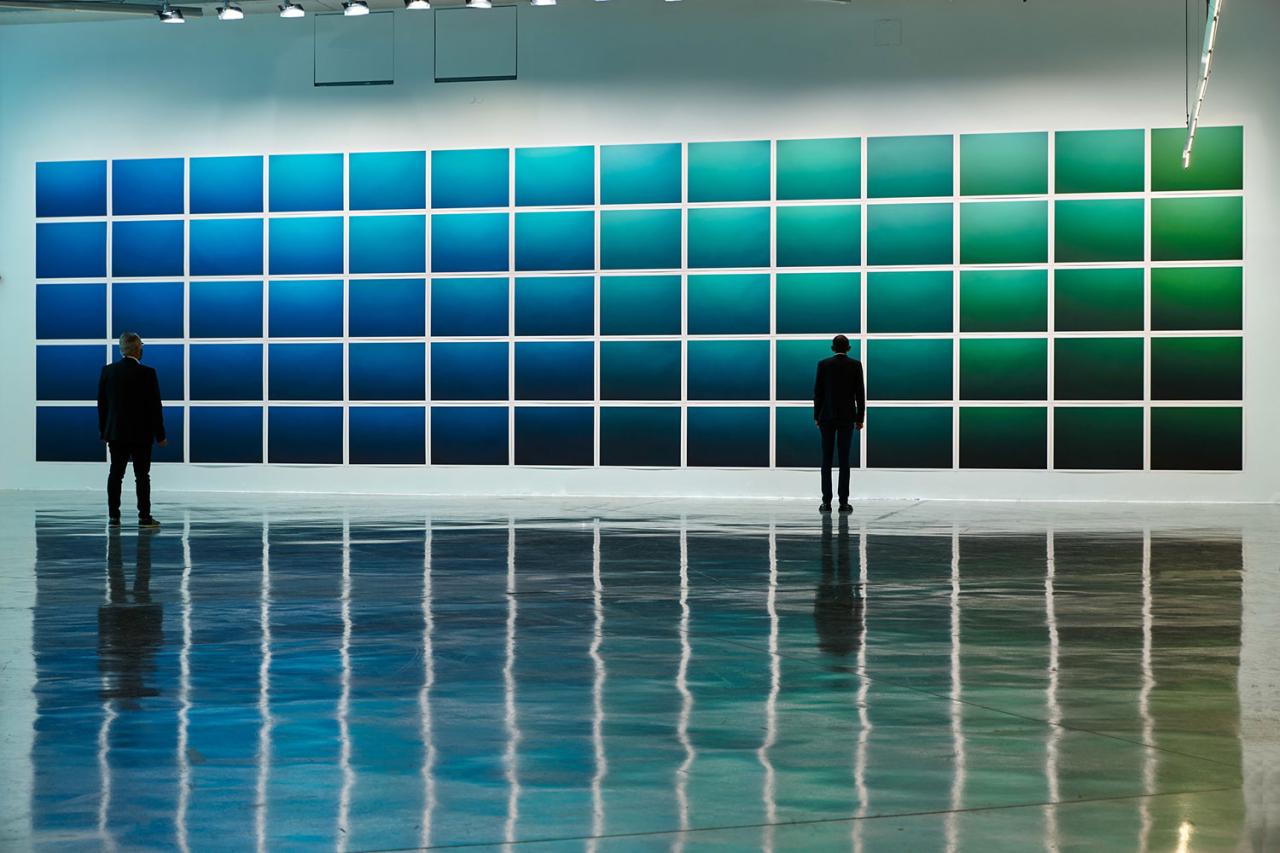
view of the exhibition: “Paysages Productifs,” Frac Provence-Alpes-Côte d’Azur
© Frac Provence-Alpes-Côte d’Azur / Laurent Lecat, Adagp, Paris